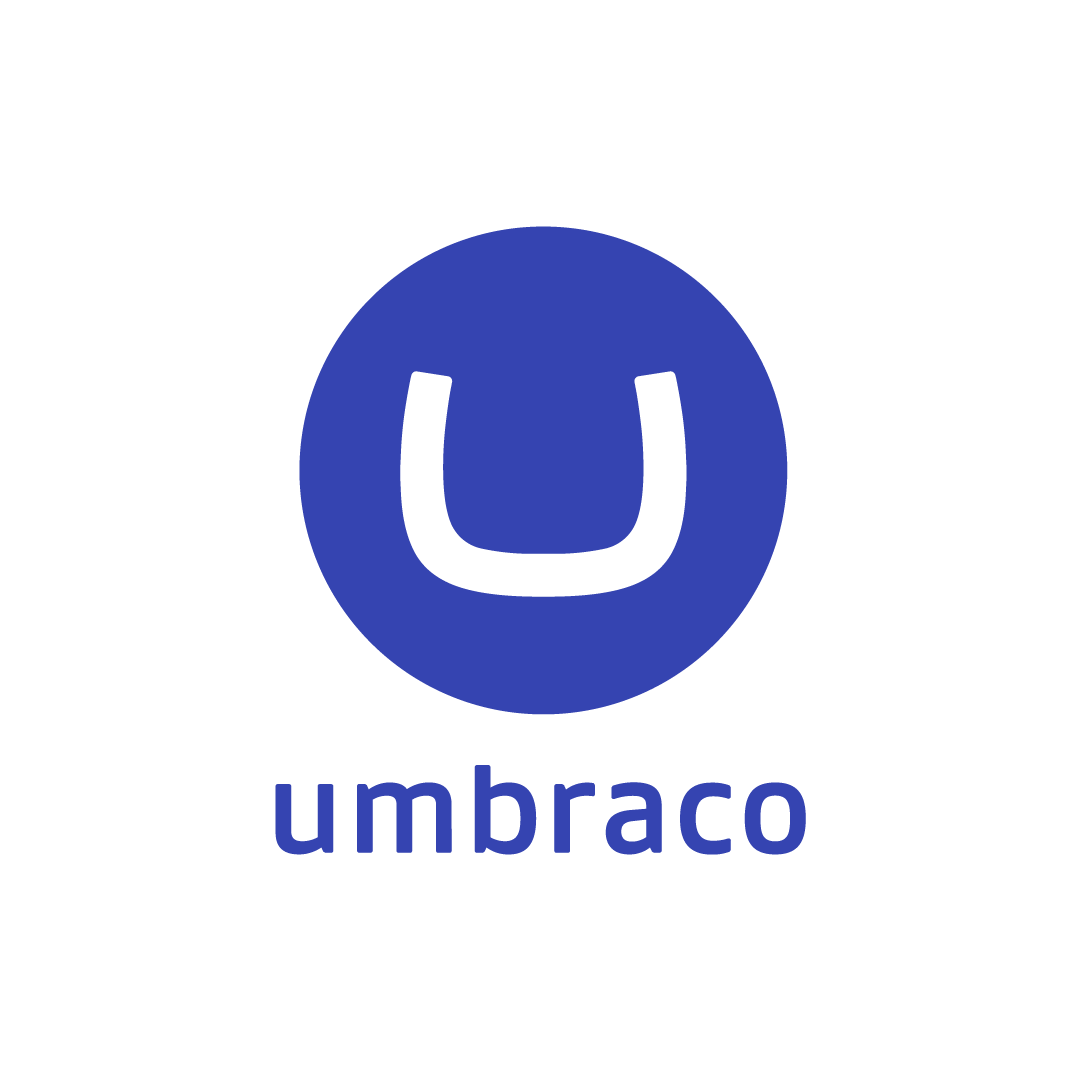Umbraco Vs Kentico

Umbraco and Kentico
Welcome back! It's time for round three of comparing the most popular CMSs. If you haven't already, check out our previous comparisons of Umbraco vs WordPress, Kentico vs Drupal, Umbraco vs Sitecore and Umbraco vs Drupal. This time around, we're doing something a little different and comparing Umbraco to another CMS closer to home: Kentico.
Kentico and Umbraco are similar in that they both use the .NET framework and are written in C#. With them already having similarities, this comparison promises to be interesting. Are you ready?

What is Kentico?
Firstly, what is Kentico? As already mentioned, Kentico is built on ASP.NET and written in C#, making it very similar to Umbraco. Currently on version 13 of the closed-source platform, it acts as an all-in-one CMS, eCommerce, and online marketing solution.
Content Creation, Management and Editing
When it comes to templates, Kentico offers a bunch of pre-designed options straight out of the box. If you want to implement custom functionality, Kentico provides this ability. Its versatile framework makes it incredibly easy to add custom code or integrate with other platforms.
Kentico also allows for customised documentation and organisation. Content can be structured and kept in various formats, allowing users to create custom page types. This means that content entry becomes easy and straightforward. You may also use the WYSIWYG (What You See Is What You Get) editor, which works similarly to Microsoft Word and allows you to insert images, links, and performance-enhancing formatting techniques.

Multi-Language Support
Kentico comes pre-packaged with the ability to support many other languages. Therefore, users of Kentico can swap between and edit text on sites extremely easily.

Support
Documentation is available for users of the CMS to tackle any problems they might be facing. If you rely strongly on the community for support for your work, it's worth noting that Kentico community support is less responsive than that of other CMSs out there on the market. Finally, if you need professional support, it is readily available, and the professional team will be able to provide you with solutions to your queries within 7 days.

Ease of Usability
Every time Kentico releases a new update, it improves its overall user-friendliness. Editors can go into the platform and make any necessary changes or additions quickly and efficiently. There are also methods for on-page changes and changes through the back-end of the website too.

eCommerce
The Kentico CMS eCommerce module provides users with a vast range of out-of-the-box solutions. The overall task of developing and managing an online store, which was once a painfully slow and complex process, has been transformed into a much quicker process. For website owners, the Kentico module offers tools for managing orders, shipping and payment options, product or manufacturer lists, and so much more.

Marketing Functionality
Kentico has integrated Search Engine Optimization (SEO) practices into its platform. It offers settings for Google Sitemap additions as well as 301 redirects. Users may also create their own custom URLs or use other modules that aid in future SEO successes.

What about Umbraco?
If you've been following us for a while, you will already know exactly what Umbraco is. But for those who don't, Umbraco is also built on .NET and is a content management system that is entirely free to install, set up and host yourself. It is also very well known for being "The Friendly CMS" for all its user-friendly features.
Content Creation, Management and Editing
Unlike Kentico, Umbraco does not provide custom templates due to its lack of structure for site design. However, with its clean interface and easy-to-install manner, users may choose to use other CMS templates by uploading custom HTML and CSS files. Documentation can also be used in both standard or custom manners for different types of approaches and needs. When it comes to the overall management of documents, it's all centralized to the media section with access through a separate management tool.

Multi-Language Support
Umbraco's multilingual features come pre-packaged and can support up to 15 languages. However, because its easy-to-use page creation features are slightly less intuitive when it comes to MUI, it creates a duplicate of every page and directory in each new language added. While this isn't an issue, it just makes the organization of your content appear a little muddled.

Support
Umbraco provides users with documentation, guides and regularly updated reference lists. With such a wide and active community, it means it's very responsive for any crowd-sourced solutions.
When looking for professional Umbraco support, it's not as readily available, especially if you're trying to use a package that Umbraco doesn't offer.

Ease of Usability
One of the biggest perks of Umbraco is that it makes content creation very simple, as long as the developers have completed their tasks accordingly. Users can create a desired page in the back end and fill in attributes that populate the pages cleanly and efficiently. Edits work in the same way, and users can see exactly which form field each piece of content is linked to and change it accordingly without ever having to use code changes.

eCommerce
Umbraco offers pre-installed open-source modules and applications, including two recognised and respective variants: Ucommerce and Tea Commerce.

Marketing Functionality
Umbraco considers SEO as an important aspect of its functionality. It allows for the creation of SEO-friendly web pages and provides the ability to manage page titles, URLs, and other necessary details to improve search engine visibility.
Conclusion
So in a nutshell, if you are looking for an open-source CMS with a professional and responsive community, Umbraco would be the better option.
However, if you prefer a more structured service and do not want to deal with custom builds and templates, then Kentico would be a better fit.
Both CMSs have their strengths and weaknesses, and at Cold Banana, we use both Umbraco and Kentico for our website builds.
If you are still unsure which one to choose, feel free to contact us and our experienced development team will guide you through your specific requirements to ensure you get the most out of your CMS.
At Cold Banana, we've been helping businesses like yours thrive since 2015. Our expertise span across custom web development, seamless integrations and user-friendly platforms.
If you'd like to learn more about how we can support you, get in touch.
